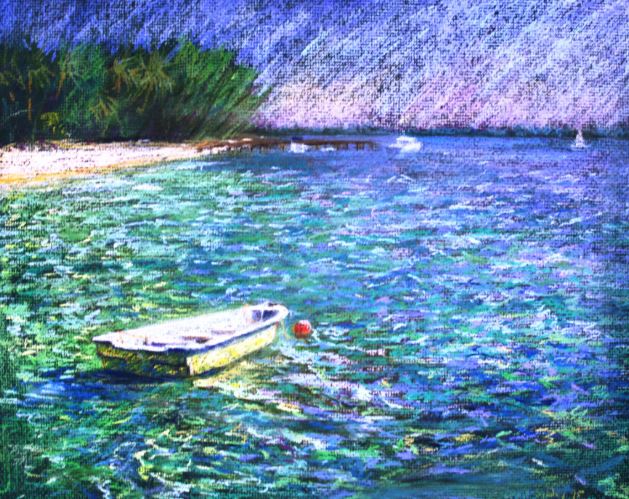The National Gallery of the Cayman Islands
Removed from Unnamed collection





Source: FiveLands Travel Images may be subject to copyright. Learn More
Discover the National Gallery, a modern museum where local art and traditional crafts come to life. It's a place where you can truly experience the spirit of Caymanian culture through its stunning art collection. The gallery also hosts fascinating lectures and special events that offer deeper insights into the island's artistic heritage. As you wander through the exhibits, you'll find yourself drawn into the vibrant stories and rich traditions that define life in the Cayman Islands. Whether you're an art enthusiast or a curious traveler, the National Gallery promises an enriching experience that will leave you inspired.

 FiveLands Travel
FiveLands Travel  Cayman Islands
Cayman Islands